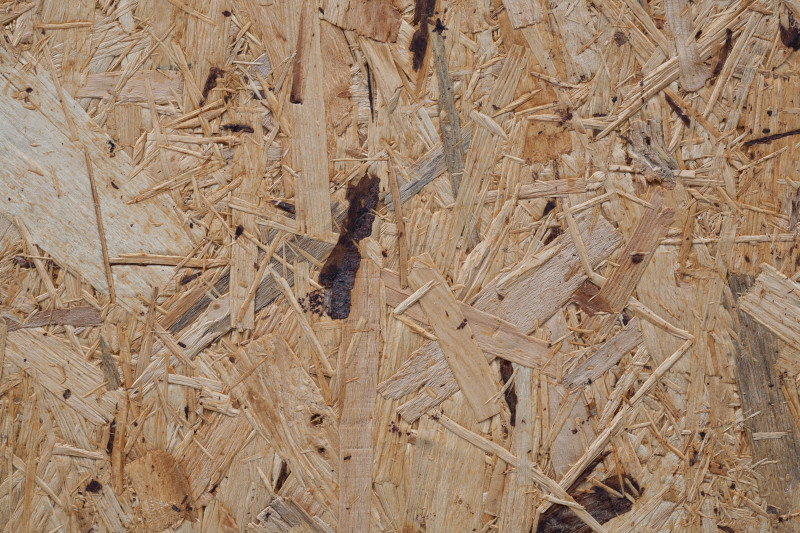The Ultimate Guide to Recycled OSB: Sustainable Building for the Future
In today’s world, sustainability is more than just a buzzword—it’s a necessity. As we strive to reduce our carbon footprint and make more environmentally conscious choices, the construction industry is no exception. One of the most innovative and eco-friendly materials gaining traction is Recycled Oriented Strand Board (OSB). This article will delve deep into what recycled OSB is, its benefits, applications, and why it’s a game-changer for sustainable building practices.
Table of Contents
- What is Recycled OSB?
- How is Recycled OSB Made?
- Benefits of Using Recycled OSB
- Environmental Impact
- Cost-Effectiveness
- Durability and Strength
- Applications of Recycled OSB
- Residential Construction
- Commercial Construction
- DIY Projects
- Comparing Recycled OSB to Traditional Building Materials
- Challenges and Limitations
- How to Choose the Right Recycled OSB for Your Project
- FAQs About Recycled OSB
- Conclusion
1. What is Recycled OSB?
Oriented Strand Board (OSB) is a type of engineered wood similar to particleboard, formed by adding adhesives and then compressing layers of wood strands in specific orientations. Recycled OSB takes this a step further by using reclaimed wood materials, such as old pallets, construction waste, or even discarded OSB panels, to create new boards.
2. How is Recycled OSB Made?
- Collection of Waste Materials: Old wood products, construction debris, and discarded OSB are collected from various sources.
- Sorting and Cleaning: The collected materials are sorted to remove contaminants like nails, screws, and other non-wood materials.
- Shredding: The cleaned wood is shredded into small strands.
- Mixing with Adhesives: The strands are mixed with eco-friendly adhesives to bind them together.
- Pressing and Curing: The mixture is pressed into large mats and cured under heat and pressure to form sturdy panels.
- Cutting and Finishing: The panels are cut to standard sizes and finished for use in construction.
3. Benefits of Using Recycled OSB
Environmental Impact
Recycled OSB significantly reduces the demand for virgin timber, helping to conserve forests. It also diverts waste from landfills, reducing greenhouse gas emissions associated with decomposition.
Cost-Effectiveness
Since recycled OSB is made from reclaimed materials, it is often more affordable than traditional OSB or plywood. This makes it an attractive option for budget-conscious builders.
Durability and Strength
Recycled OSB retains the strength and durability of traditional OSB, making it suitable for a wide range of construction applications. It is resistant to warping, cracking, and moisture when properly treated.
4. Applications of Recycled OSB
Residential Construction
Recycled OSB is commonly used in residential construction for:
- Wall sheathing
- Roof decking
- Subflooring
- Siding
Commercial Construction
In commercial projects, recycled OSB is used for:
- Temporary flooring
- Partition walls
- Soundproofing panels
DIY Projects
For DIY enthusiasts, recycled OSB is a versatile material for:
- Furniture making
- Shelving units
- Garden projects
5. Comparing Recycled OSB to Traditional Building Materials
| Feature | Recycled OSB | Traditional OSB | Plywood |
|---|---|---|---|
| Environmental Impact | Low (uses recycled materials) | Moderate (uses virgin wood) | High (uses virgin wood) |
| Cost | Low | Moderate | High |
| Durability | High | High | Moderate |
| Moisture Resistance | Moderate (when treated) | Moderate | Low |
6. Challenges and Limitations
While recycled OSB offers numerous benefits, it does have some limitations:
- Availability: It may not be as widely available as traditional OSB.
- Moisture Sensitivity: Without proper treatment, it can be susceptible to moisture damage.
- Perception: Some builders may be hesitant to use recycled materials due to concerns about quality.
7. How to Choose the Right Recycled OSB for Your Project
When selecting recycled OSB, consider the following factors:
- Intended Use: Ensure the OSB is suitable for your specific application (e.g., flooring, roofing).
- Moisture Resistance: Opt for treated OSB if your project will be exposed to moisture.
- Certifications: Look for certifications like FSC (Forest Stewardship Council) to ensure the product meets environmental standards.
8. FAQs About Recycled OSB
Q1: Is recycled OSB as strong as traditional OSB?
Yes, recycled OSB retains the strength and durability of traditional OSB, making it suitable for various construction applications.
Q2: Can recycled OSB be used outdoors?
Recycled OSB can be used outdoors if it is properly treated for moisture resistance. However, it is generally recommended for indoor or covered outdoor applications.
Q3: How does recycled OSB contribute to sustainability?
Recycled OSB reduces the need for virgin timber, conserves forests, and diverts waste from landfills, making it an eco-friendly building material.
Q4: Is recycled OSB more affordable than traditional OSB?
Yes, recycled OSB is often more cost-effective due to the use of reclaimed materials.
Q5: Where can I buy recycled OSB?
Recycled OSB can be purchased from specialty building supply stores, online retailers, or directly from manufacturers.
9. Conclusion
Recycled OSB is a revolutionary material that combines sustainability, affordability, and durability. As the construction industry continues to evolve, embracing eco-friendly materials like recycled OSB is essential for building a greener future. Whether you’re a professional builder or a DIY enthusiast, recycled OSB offers a versatile and environmentally responsible solution for your next project.
By choosing recycled OSB, you’re not only making a smart financial decision but also contributing to a healthier planet. Let’s build a sustainable future, one panel at a time!
